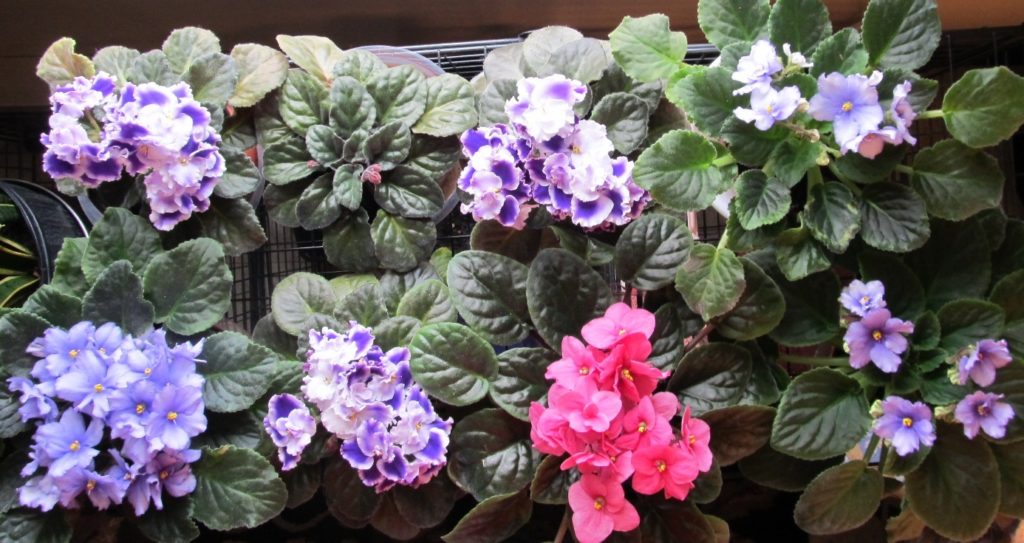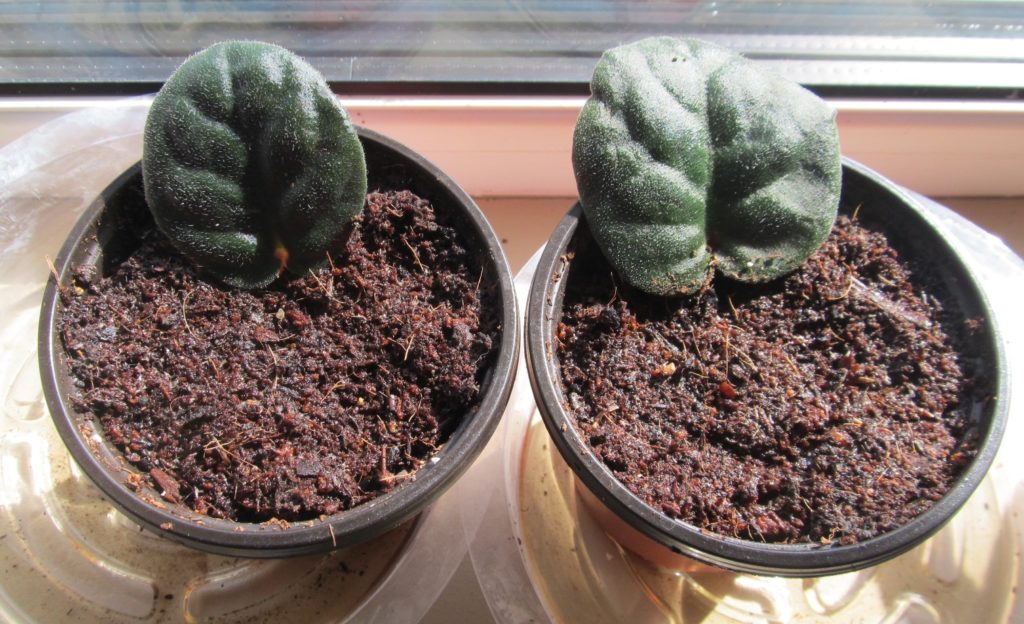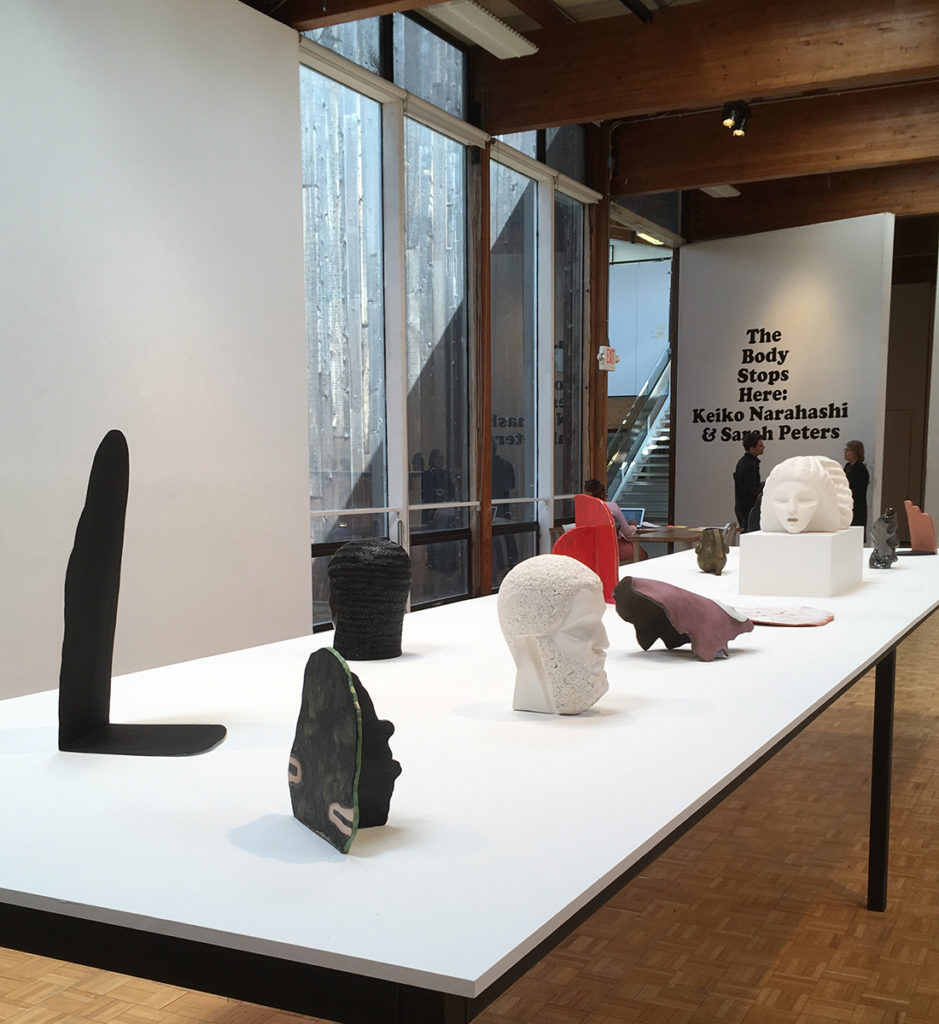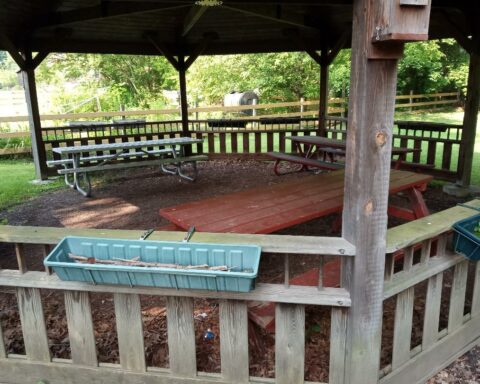The houseplant that blooms year-round to add beautiful color inside when the landscape outside is gray is the African Violet. Growing and propagating them is much easier than you might imagine. And while spring is the time when we look forward to our outdoor gardens, an African Violet begun now from scratch will begin flowering at about the time your garden begins to fade and die. It takes two to three months for the plants to appear, and about as long until first bloom. It is time well worth it.
Some years ago, a neighbor received a basket of three small African Violet plants for Mother’s Day. She admitted that she didn’t have a thumb of any color resembling green, and consequently, without adequate water, light, or care, the three plants shriveled up and died. Or maybe not. When she said she would be throwing them out, I asked if I could attempt to bring them back to life. She gave me and them her blessing, and I brought them home and loved them until they returned to their former glory.
As they recovered, I realized that there were multiple plants in the pots. When they had reached sufficient health for me to risk it, I carefully separated them and kept the eight strongest plants. I then increased that number by starting new plants.

I had never tried to begin a new African Violet from a leaf, but with so many beautiful colors, I thought it would be a shame not to try. A leaf that is mature but not too large is best. Choose one that won’t leave a noticeable gap.

I cut the stem a little more about a half inch long on the diagonal at the front of the stem. This allows more room for young plant(s) to start and encourages them to grow in front of the plant, rather than at the back. I push the stem into the soil up to the base of the leaf with the cut side of the stem facing up beneath the surface. Sometimes it takes poking a hole in the soil to ensure that nothing is broken on the way in. African Violets are crisp and easily damaged. Keep the soil consistently moist for the first couple of weeks.
Most attempted starts will be successful, and although it takes many weeks before it can be determined whether anything is going on, when there is, it is quite amazing to see a tiny new leaf appear. It takes patience, but as long as the mother leaf appears healthy, you should soon see the new plants. There can be one or several, usually in the front but sometimes hidden in back of the leaf. I leave the old leaf attached until the baby is well established. Then I snip mother from baby. As the new plant grows, you may realize that you have more than one. You can often separate them without harm and replant the smaller one in another pot.

African Violets have relatively small root systems and once they are established do well in pots about one third the width of the plant itself. If the pots are a little larger than necessary, they will grow into them.
The lower leaves of the plant should rest on the rim of the pot, and pots with rounded rims are best, since the fleshy stems are easily damaged by a sharp edge. Shout out here to Dollar Tree which carries inexpensive round-rimmed plastic pots in bundles of 12 three-inch or six four-inch pots for a buck. The smaller ones are great for starting plants, including African Violets.
As the plant grows larger, lower leaves can be removed when they become discolored or damaged, and when the bottom of the stem looks a bit bare from pruning and has hardened some, I estimate the length of stem that will be buried to restore it and cut back the same length from the bottom of the root ball. The plant is repotted in new soil in the old pot, or a new one if it is warranted.
African Violets don’t like to go dead dry, but overwatering will harm them, and can cause root rot. If the lower leaves begin to show yellow, they are getting too much. Once a week, or every five days or so in hot weather, seems to work for me. At one point I was watering too frequently and saw the yellowing leaves. I removed them, repotted in drier soil, and managed to save the plant.
Put the pots in water so that it covers about the bottom one to two inches, leave several hours, then remove and return to their saucers. You can water the top soil, but since water in the crown (center) of the plant can also cause rot, the long soak seems to be the safest method. Some African Violet bagged soil contains months’ worth of fertilizer. I have also had good luck with regular good quality potting soil and fertilizing about once a month.
When the late afternoon sun brings the colors to life, gold sparkles imbedded in the pink petals dazzle. I had never noticed that about these plants before. I often sit just looking at them, mesmerized by their beauty. In summer, I will close the blinds as the sun becomes too hot for safety. The plants thrive in bright light or moderate sun.

If you see a plant whose flowers are a color that you do not, but must, have, ask the owner if you might have a leaf with stem attached. Maybe you can trade leaves. This is how we expand our indoor gardens.
I owe my success to having put some time into studying the life cycle of these flowers and, of course, reading expert advice and picking the brains of other violet growers. While the idea of growing your own may be a little daunting at first, with a little care, you will find these to be one of the most rewarding houseplants you can cultivate. As a bonus the African Violet stimulates the release of endorphins and adrenaline that helps in relaxation and stress release, and it is nontoxic/pet safe.
Feel free to email me with any questions as you begin your African Violet journey.










